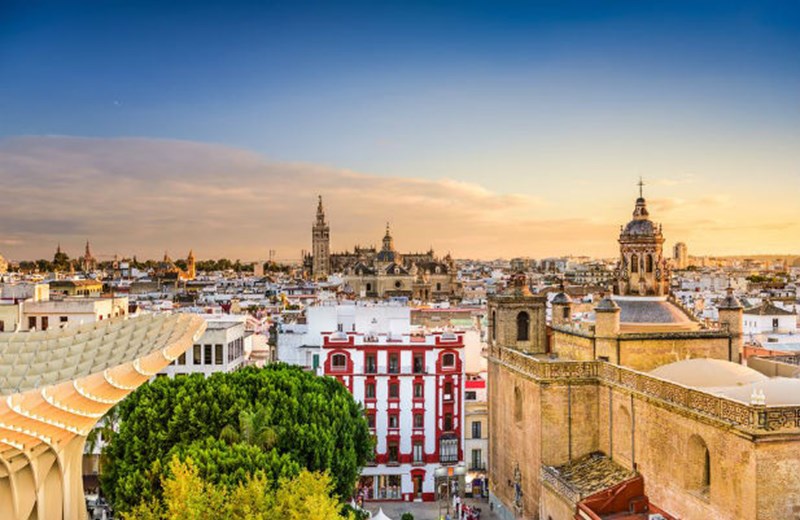
Proud, colourful and exuberant, Seville is the ultimate city break for people wanting to discover ‘authentic’ Spain. As Spain’s fourth-largest city, you’d expect Madrid or Barcelona to dwarf Seville in comparison - and this simply isn’t the case.
The 71,000 people who call Seville home have ensured it’s a thriving, exciting and thrilling metropolis. All of Spain’s stereotypes are here, from bullfighting and flamenco to fiestas and melt-in-the-mouth tapas. As Glenn Frey said, the heat is on - and during the summer months, Seville explodes in a blaze of summer sun and colour.
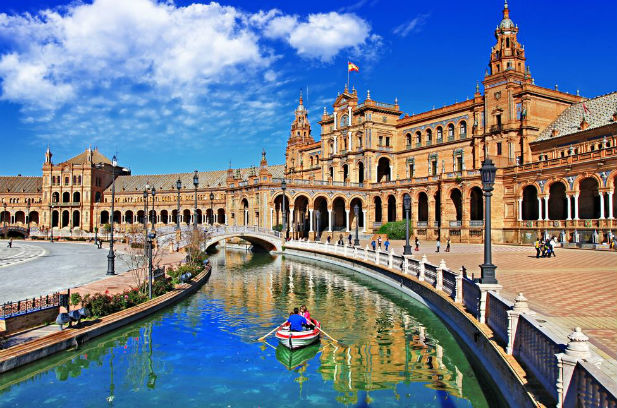
How can I get to Seville?
Flights arrive at Seville from various European cities. If you’re coming from the UK, book your flight from London Stansted or London Gatwick; Bristol, Liverpool, or Dublin.
Once you land, you can either take a taxi to the city centre, or a bus. A taxi can cost up to 30 euros - you’ll also need to pay a surcharge for every piece of luggage. Buses can be a bit less comfortable, but a single trip will set you back 4 euros.

When should I visit?
Spring and late summer are the best times to visit Seville. The weather’s warm but not overbearingly hot, and there are plenty of outdoor spaces to sit and watch the world go by with a cold drink. As mentioned before, beware of the blistering heat in the midsummer - even hardened holidaymakers will find it tough to negotiate the streets in the soaring temperatures.
What’s there to do?
Our first piece of advice would be to not rush. Seville’s not a city you can bend to your will - let it open up to you in its own time! You can see its main sights in three days, but if you can stretch to five days, you could also throw in a visit to nearby Granada. It’s all about maximising your time.
Here are a few items which should be on your to-do list:
Visit Seville Cathedral: Santa Maria de la Sede is the largest Gothic cathedral in the world, and is also a UNESCO World Heritage site. Originally built as a mosque in the 12th century, the Catholic cathedral has been effectively built on top of its Moorish predecessor. You can still spot the minaret, which now known as the Giralda bell tower. Tackle the climb if you’re feeling energetic, and catch your breath in the stunning orange tree courtyard afterwards.
Watch a bullfight at the Plaza de Toros: This is one way to witness Spanish culture at its most visceral. If you don’t fancy bullfighting, head to the bullring museum to learn all about the history of bullfighting and the matadors. You can even find out the stories behind their showy outfits - ole!
Admire art at the Bellas Artes Museum: This pretty building, which is loved by locals, was once a convent. There are plenty of lesser-known artists here, but look for works by Velázquez, El Greco and Goya if you’re after something more familiar
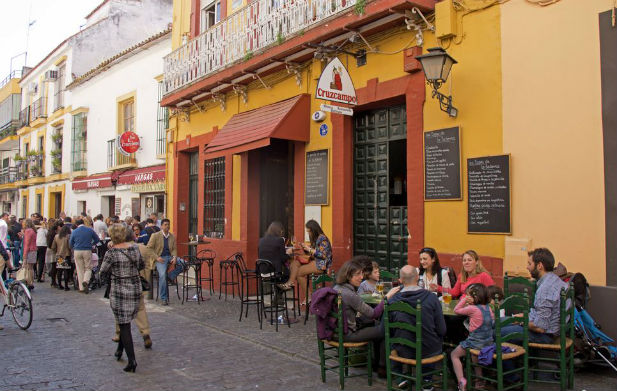
Cross the river and head to Triana: There are plenty of charming pottery shops to dip into - just make sure your purchases are wrapped up well before you leave. After your frantic shopping session, enjoy a Cerveza at one of the bars lining the Guadalquivir river
Visit Plaza de Espana: It’s always fun to visit on a Sunday, as the Spanish love to see and be seen! Promenade the paths directly opposite the plaza to see the Seville way of life
Shop till you drop: Hit Calle Sierpes and the streets off of Plaza Nueva for a chance to find some glamorous goodies. Don’t worry if you tire easily - there are lots of small bars and tapas joints to regroup in
Shake a tail feather at a traditional flamenco show: See the professionals dance, and make sure that you also visit the Flamenco Dance Museum afterwards. It’s a great place to learn more about Seville’s history
Should I visit the Seville Fair?
Yes, absolutely. This is the main annual fiesta, and it’s a huge event in the Seville calendar. Make sure that you book accommodation well in advance, as hotels fill up quickly nearer April.
Over 1,000 temporary casetas (restaurants) spring up, where local people can eat, drink and celebrate with their friends during the week-long festivities. The public aren’t often allowed in; they tend to be private and open only to members and their guests. If you turn up with a Spanish friend, you may well wangle an invite - but otherwise, stick to the seven public casetas.
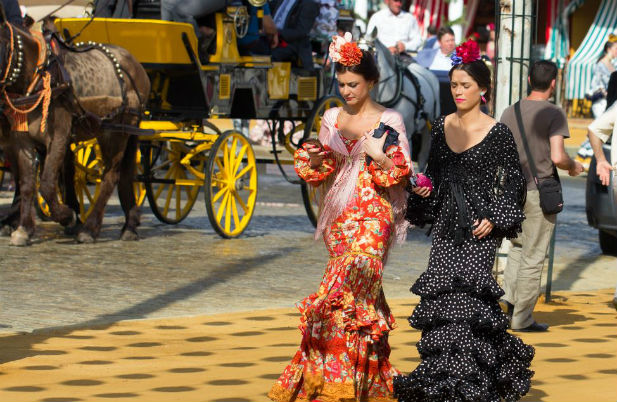
Don’t forget to speak a little Spanish while you’re there - the locals will appreciate it and it’ll show you’re making the effort! It’s not necessary to dress up if you’re a tourist - just arrive with a smile on your face and enjoy the party.
The costumes and the effort that people go to is breathtaking. Women of all ages wear traditional flamenco dress, complete with gaudy earrings and gypsy-style shawls. Men tend to stick to smart-casual attire. You may spot several men riding around on horseback, dressed to kill; they’re wearing traditional dress, otherwise known as the ‘traje corto’. It’s a well-fitting suit, topped with a wide-brimmed hat.
If you’re offered the opportunity to see the festival on horseback, take it! With Columbus Direct, you can feel safe in the saddle. We cover over 150 sports and activities as standard, including horse riding, so you’re free to explore with confidence. Giddy up!
What about the best tapas places?
We thought you’d never ask. If you’re after genuinely mouthwatering dishes, here are some of the best places in Seville to grab a quick bite (or ten):
- El Rinconcillo
- Bar Ajo Blanco
- Bar Manolo
- Bar Kiko
- Habanita Restaurant
- Blanco Cerillo
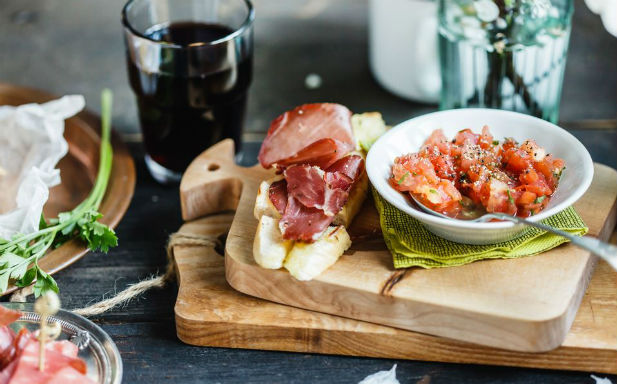
Where can tourists get advice?
If you’re feeling a bit overwhelmed, there’s a tourist information office on Avenida de la Constitución, 21 B. It’s just beyond the Cathedral as you head towards Puerta de Jerez.
The staff there will be happy to give you some free maps and useful leaflets - and there’s also internet access.
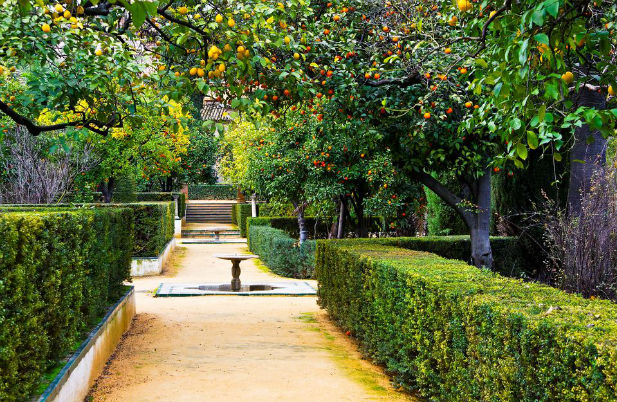
What’s the atmosphere like at night?
Seville’s nightlife is relaxed, safe, easy-going and friendly. You can expect to find locals languidly snacking and enjoying a cold beer in tapas bars, chatting to their pals. You’ll find they’ll be pleased to make conversation with you - even if your Spanish is a bit rusty! The evening’s also a great time to browse the shops in Calle Sierpes, as it’s far less crowded.
The Spanish tend to eat late. Restaurants in Seville become packed with diners at around 10pm, so don’t be surprised if your restaurant's empty at 8pm. Clubs and bars hit their stride at midnight, with plenty of people staying on to party into the dawn.
Visiting Spain soon? Check out Spanish Fiestas - they’ve got plenty of great tips to help you make the most of your trip.